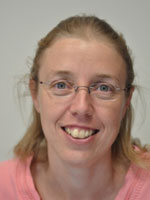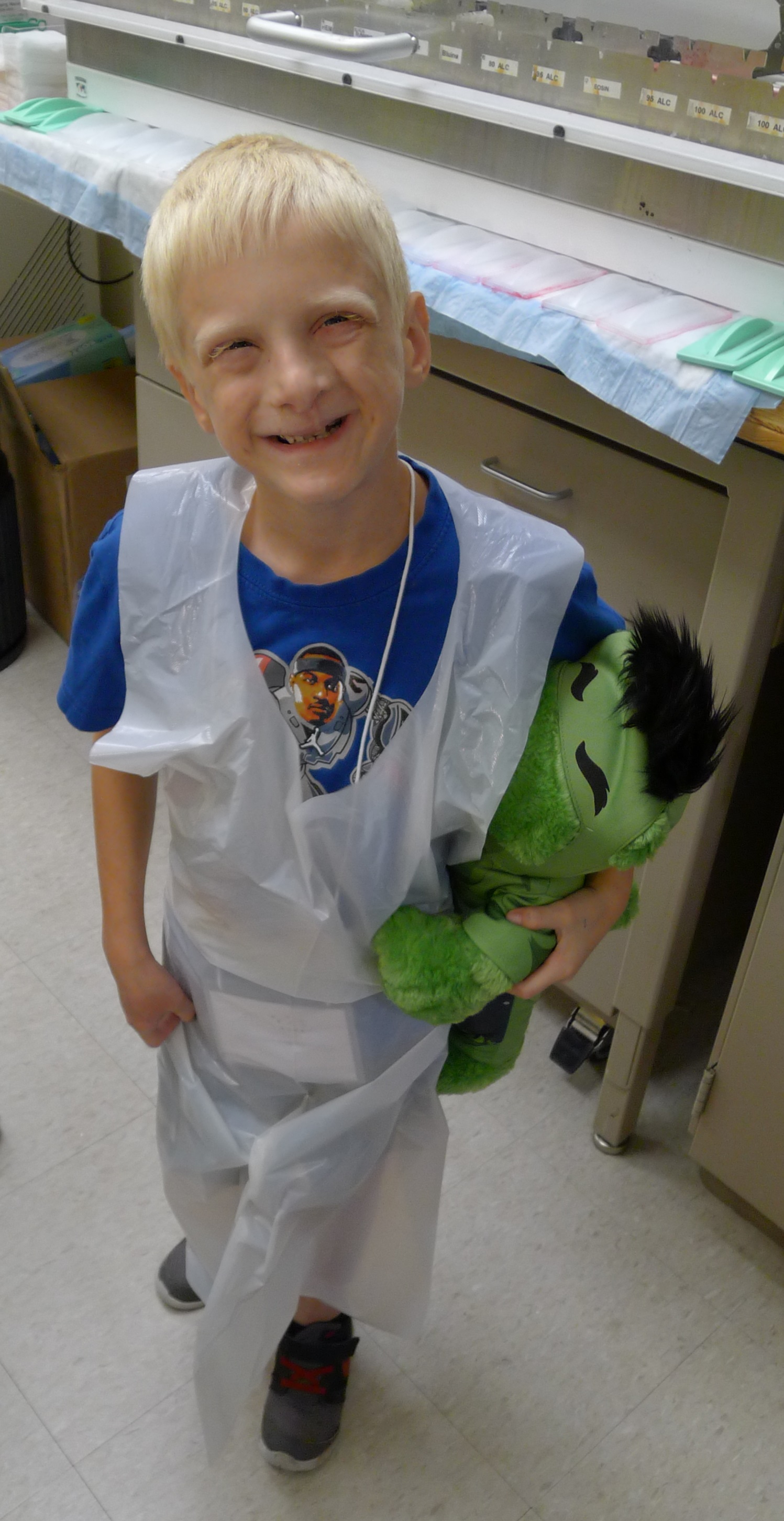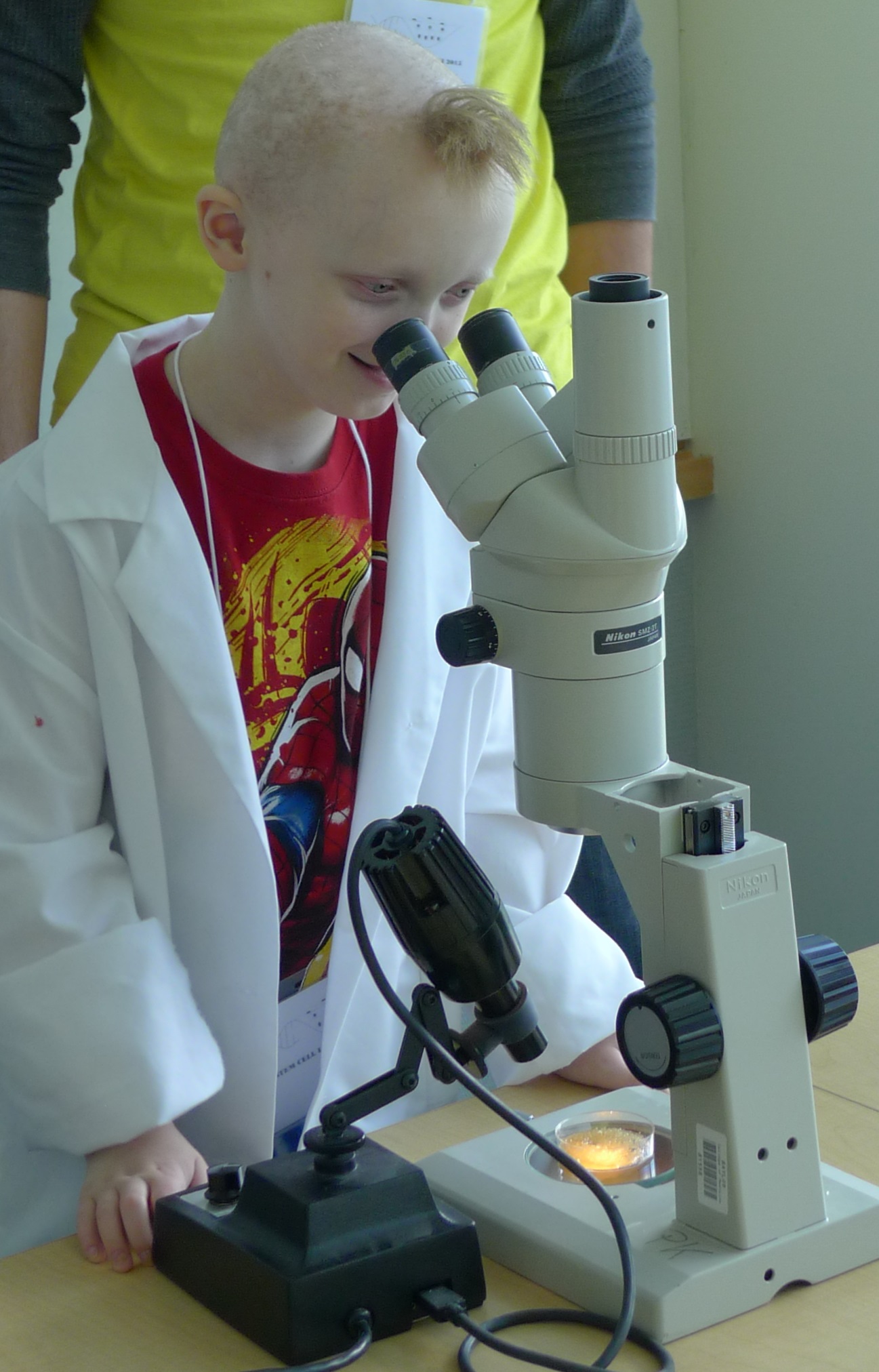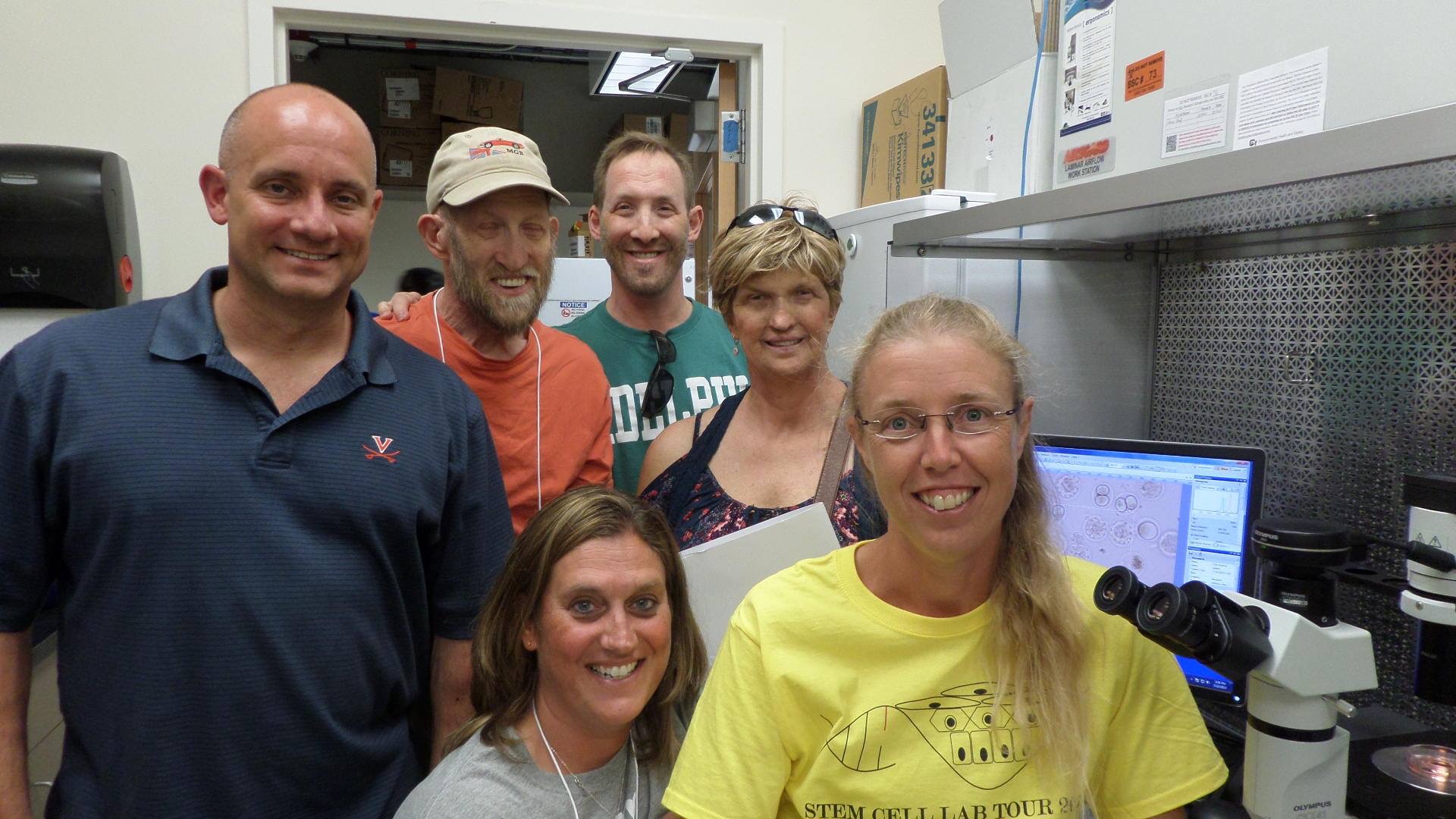
By Maranke Koster, Ph. D.
I first became aware of the NFED, and of ectodermal dysplasias, while investigating the role of a gene by the name of p63. The striking similarities between mice lacking a functional p63 gene and individuals affected by ectodermal dysplasias suggested a role for p63 in these disorders. Sure enough, it was soon discovered that mutations in p63 cause a subset of ectodermal dysplasias, including AEC (Ankyloblepharon Ectodermal Defects Cleft Lip/Palate) and EEC (Ectrodactyly Ectodermal Dysplasia and Cleft Lip/Palate Syndrome). My newly found interest in ectodermal dysplasias led me to the NFED, which I joined as a member of its Scientific Advisory Council shortly thereafter.

One of the most rewarding experiences of being involved with the NFED is the ability to share new findings in p63 research with the NFED community. This, in turn, has led to valuable feedback from individuals affected by ectodermal dysplasias. In fact, our current research program is in part guided by this feedback. For example, through the NFED community we became aware that skin fragility is not unique to AEC patients, as had been commonly assumed. The high number of EEC patients reporting a history of skin erosions has led us to initiate a research project aimed at gaining a detailed understanding of the molecular underpinnings of skin fragility in AEC and EEC patients. We anticipate that understanding the similarities and differences between skin lesions in patients affected by AEC or EEC will directly impact future treatment designs.

On that note, we are well underway at generating stem cell based models for AEC and EEC that will be essential for designing such new treatments. One strategy we are exploring is the use of stem cells in generating healthy replacement skin. As a testament to the commitment of the NFED to its families, the NFED was instrumental in organizing a research day for patients affected by AEC and EEC. Many individuals donated skin specimens that we are currently using to grow stem cell based skin models for AEC and EEC. My biggest hope for the future is that our research will lead to a treatment strategy for AEC and EEC that is available to all individuals affected by these rare disorders.

From a personal perspective, I much enjoy interacting with the individuals who we hope will ultimately benefit for our research. To share the excitement we have for our science with those individuals, we recently invited patients and families to spend an afternoon at our research facilities. I was particularly amazed by the interest that our young visitors showed in our science. I think we might have just caught a glimpse of the next generation of researchers in ectodermal dysplasias.
Editor’s Note: Maranke Koster, Ph. D. is a Researcher at University of Colorado, Denver and serves as a member of the NFED Scientific Advisory Council.
Would you like to volunteer with the NFED? Email Lea Richardson, NFED manager, community engagement, at lea@nfed.org or call her at 618-566-6871. You can also learn more about volunteering on our website .
You may also like:
Why I Volunteered to Participate in the Edimer Research Trials
A little proud to be her father ?